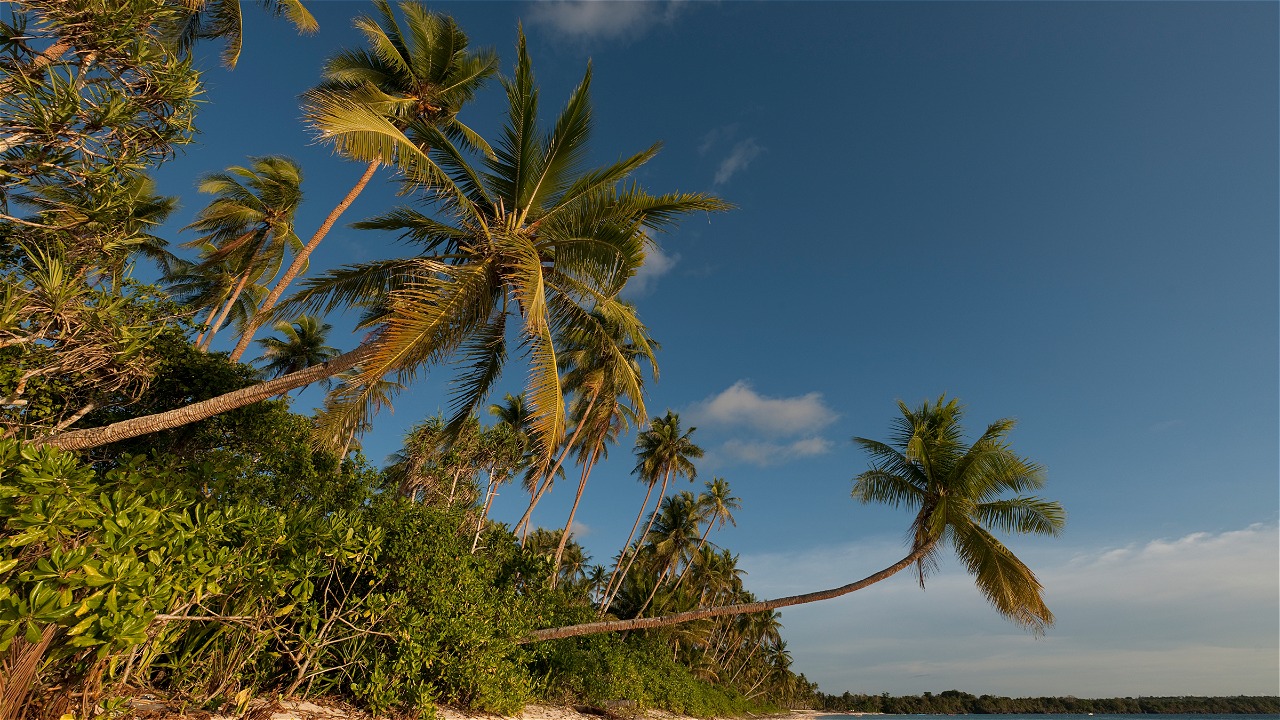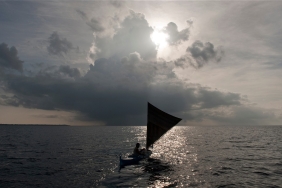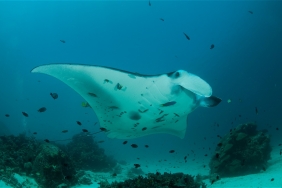INVESTING IN "BEST PRACTICES" OF MARINE TOURISM ACTORS
By Indarwati Aminuddin - Marine Tourism Coordinator, WWF-Indonesia
As someone who works in conservation, a question the author often receives is, "What is the direct relationship of best practices in marine tourism to tourism business investment?"
Tourism is fast-growing, capital investment and the right use of capital are important aspects, while best practices require commitment, patience, adherence and considerable time. So why is this investment necessary? How do best practices directly correlate with the balance of nature?
Some marine tourism entrepreneurs argue that best practices in the tourism business require the awareness of many parties. "In the tourism chain, these many parties mean tour operators, retailers, consumersn and so on. So the commitment to change cannot be done solely by tourism actors," said Aliya Muafa, from trip organizer trip hemat.com. "There is also no choice, what we do is very dependent on the wishes of consumers," added Muhamad Adly, from trip operator Raja Wisata.
When we sat down together to discuss the external draft of the Best Environmental Equitable Practices (BEEP) guidelines, at the Mercure Hotel in mid-April, it became clear that investing in the 'best practices' movement is not a complicated investment.
The key requirement is commitment. "Commitment helps businesses have principles in environmental management and conservation. Our business is basically selling environmental services, so if the interaction of tourism business actors with nature is uncontrolled, in the future we cannot sell any natural services to consumers. They will choose other areas that are more beautiful and less damaged," explains Suryani Mile, Coordinator of the Indonesian Recreation Ship Network (Jangkar). "And. think about the consumer's dream, they want to see nature that is beautiful, organized, clean and undamaged."
Best practices based on the environment and welfare, is a guide initiated by WWF Indonesia. The guide was created to strengthen the position of Indonesian marine tourism business players. Compiled together with academics and practitioners so that the development of marine tourism has a scientific basis that can be used as a guide by business people and runs in a sustainable direction.
This draft guide is divided into five sections that explain the principles of sustainability in the tourism business. Overall, the guidelines are related to (1) how to reduce the negative impact of consumers and tourism businesses in the aspects of waste management, energy, water, consumption so that each activity has a plus, (2) how to interact with marine species which include whales, dugongs, turtles, sharks, mantas and seabirds and finally (3) how to interact with local communities and comply with applicable regulations. The overall guidelines have specific outcomes, namely, reducing the carbon emissions footprint, strengthening the position of communities and improving the tourism business chain.
"This is not too complicated if we all have the same goal. Fellow tour operators can educate their customers starting from putting this guide on the website, then informing their customers before going to the tourist sites," Aliya explained. The guidelines, which are still in draft form, will be finalized in the near future and then socialized to marine tourism business players.
For tourists, they can also learn how to do marine activities that are environmentally friendly at here.





